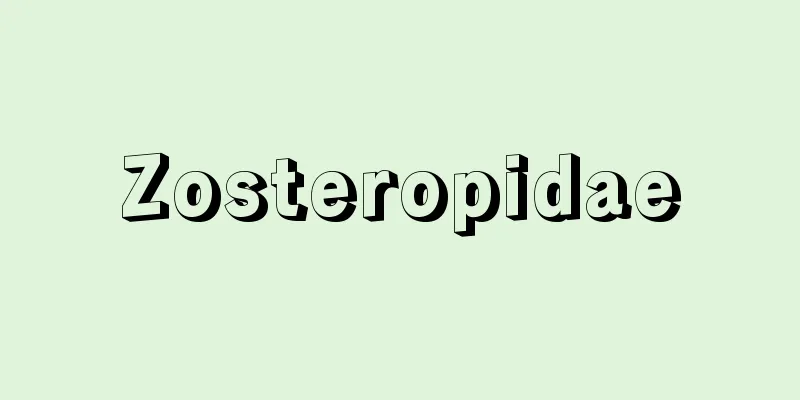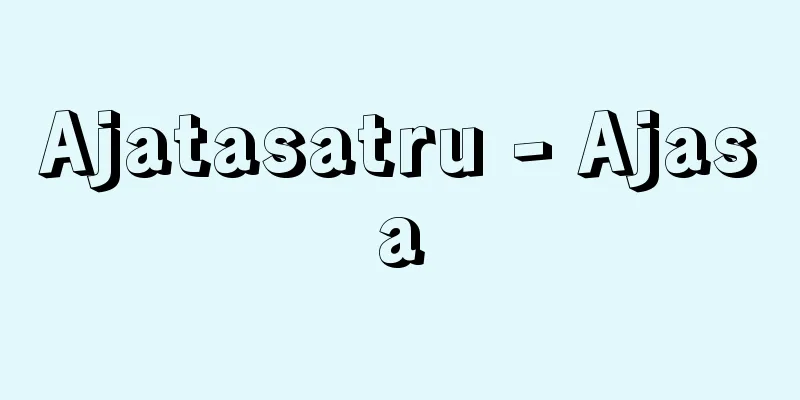Negrito - Negurito (English spelling)

|
In a broad sense, it includes African pygmies (Mbuti), but usually refers to the Semang of the Malay Peninsula, the Aeta of the Philippines, and the indigenous people of the Andaman Islands. Negrito is a racial term meaning "little blacks" in Spanish. They have prominent physiognomic characteristics such as short stature (adult males 150 cm), curly or curly hair, dark brown skin, round and wide faces, and flat noses, but do not have Mongoloid features. The population of Semang was about 3,000 (1990), that of Aeta about 22,000, and the indigenous people of the Andaman Islands rapidly decreased due to diseases brought by Europeans, to about 500. The origin and history of the Negritos are not well known, but they are clearly an ancient race in Asia, and once lived over a wide area. At one time, it was proposed that they were closely related to the African pygmies, but this was denied by cultural anthropologist P. Schebesta. There is a theory that they are the remnants of an ancient Melanesian race that once passed through Southeast Asia and migrated to present-day Melanesia. The indigenous people of the Andaman Islands and the Semang are still hunter-gatherers, but the Negritos (Aeta) of the Philippines have changed to a lifestyle centered on shifting cultivation of agricultural produce. [Kuchikura Yukio] [References] | | | |Source: Shogakukan Encyclopedia Nipponica About Encyclopedia Nipponica Information | Legend |
|
広義にはアフリカのピグミー(ムブティ)を含むが、通常、マレー半島のセマン、フィリピンのアエタ、アンダマン島先住民をさす。ネグリトとはスペイン語で「小さな黒人」という意味の人種用語。低身長(成人男子で150センチメートル)、縮毛(しゅくもう)ないしは捲毛(けんもう)、暗褐色の肌、丸くて幅広い顔、扁平な鼻などが目だつ形質的特徴をもち、モンゴロイド的な特徴はもたない。人口は、セマンで約3000(1990)、アエタで約2万2000、アンダマン島先住民は、ヨーロッパ人のもたらした病気で急速に減少し、約500。ネグリトの起源、歴史などはよくわかっていないが、明らかにアジアにおける古い人種であり、かつては広い地域にわたって住んでいた。一時、アフリカのピグミーと密接な類縁関係があると提唱されたが、それは文化人類学者シェベスタP. Schebestaによって否定された。かつて東南アジアを通過し、現在のメラネシアへ移住した古メラネシア人種の生き残りとする説がある。アンダマン島先住民とセマンはいまでも狩猟採集民であるが、フィリピンのネグリト(アエタ)は移動焼畑を中心とした生活へと変化を遂げた。 [口蔵幸雄] [参照項目] | | | |出典 小学館 日本大百科全書(ニッポニカ)日本大百科全書(ニッポニカ)について 情報 | 凡例 |
<<: Negrín - Negurin (English spelling) Juan Negrín
>>: Negritude - Negritude (English spelling) French
Recommend
Male plant - Okabu
〘Noun〙 A dioecious plant that produces only male f...
Graves' disease - Graves' disease
Also known as Graves' disease. Hyperthyroidism...
Princess Achiko - Princess Achiko
Year of death: 26th October 14th Jowa (7th Decembe...
Tatsuyuki Takano
A scholar of Japanese literature and theater rese...
Planting - Planting
It refers to planting plants, mainly trees, in a c...
AG - AG
(German: Aktiengesellschaft ) A joint stock compan...
Continental island (English spelling) continentalisland
…The term remote island is often used as a synony...
Potassium polysulfide
...It dissolves keratin and is used as a treatmen...
Homophony - homophony (English spelling)
A method of forming textures (sound composition p...
Nakahara - Chugen
[1] 〘 noun 〙① The middle of a wide plain. ※Honcho ...
X Window
...Human interface (HI) is, in a broad sense, the...
Abekawa Mochi - Abekawa Mochi
Kinako mochi (roasted soybean flour rice cakes) a...
Ichinoito - Ichinoito
(The first string) The string that is stretched on...
Lost Cause
…After four years of fighting, the Confederate St...
styrol
…An aromatic hydrocarbon. Also called styrene, st...









